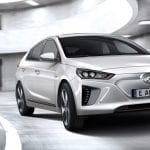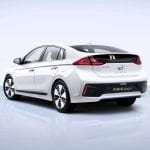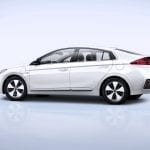Today manufacturers are obliged to satisfy not only customers, but also the increasingly demanding emissions and pollution regulations. Not all solutions are viable for everyone, and therefore it is necessary to offer a wide range of possible mobility systems. The Hyundai Ioniq is a clear example of it. A true portent of sustainability and possibilities.
We have tested this car:
Test Hyundai Ioniq Hybrid, arrives making its wayTest Hyundai Ioniq Hybrid (with video)Test Hyundai Ioniq PHEV TecnoThe Ioniq was first introduced at the South Korean Auto Show in 2016.. A few months later she packed her bags and landed in Europe. Initially she was only available with a conventional hybrid mechanic, but Hyundai he made it very clear that over time he would enjoy more versions. So much so that it currently offers hybrid, plug-in hybrid and 100% electric mechanics.
Since its launch, the Hyundai Ioniq has not undergone major changes, but it has had numerous updates of greater or lesser relevance, the last of which at the end of 2019 in which more mechanics and a slight facelift were introduced. He has the privilege of being able to say that he was the company's first electric model, and one of the first in the world to propose the three possible degrees of electrification.
Technical characteristics of the Hyundai Ioniq
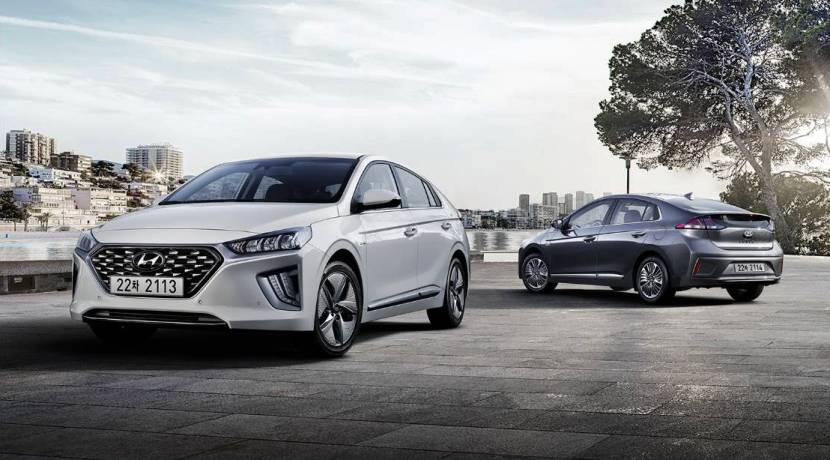
The Hyundai Ioniq is developed on a modern and brand new modular platform developed by the ad hoc Korean firm. From the beginning, its approach and manufacture have been carried out with its mechanical versatility in mind. That same platform is what we can see in the Kia Niro, the sister model with a crossover look that is also committed to a mechanical discipline based on electricity.
Despite its many options, all Ioniq use the same platform, which means that they all enjoy the same exterior dimensions, ideal for the C segment. 4,47 meters long, 1,82 meters wide and 1,45 meters high. To these external dimensions must be added a wheelbase of 2,7 meters, which translates into an approved passenger compartment for five passengers.
One of the drawbacks of using the same platform for various mechanical solutions is that in some cases it means losing load capacity. The Hyundai Ioniq shows different trunk volumes, from the 341 liters of minimum capacity of the plug-in hybrid to the 456 liters of the hybrid, passing through the 357 liters of the 100% electric version.
Hyundai Ioniq mechanical range and gearboxes

As we have already said, the Hyundai Ioniq enjoys three mobility solutions. With a lower degree of electrification we find at Ioniq hybrid. It uses a four-cylinder gasoline engine and 1.580 cubic centimeters. Added to it is a 44 horsepower front electric motor and a 1,56 kWh capacity lithium polymer battery. The sum generates a maximum of 141 horses with an approximate electric range of two kilometers. It certifies the ECO label of the DGT.
Next on the ranks is Hyundai Ioniq PHEV with ZERO environmental label. Once again it uses a 1.580 cubic centimeter gasoline block, but this time it adds a more powerful front electric motor, 61 horsepower, and a larger lithium polymer battery, 8,9 kWh capacity. The set develops a maximum of 141 horses and 265 Nm of torque with a 100% electric autonomy approved in the WLTP cycle of 52 kilometers.
Finally we address the electric Ioniq. In this case we say goodbye to the gasoline engine. His position is occupied by a electric block of 136 horses and 295 Nm of torque. It is fed by a 38,3 kWh lithium polymer battery of capacity that is located in the rear central part of the vehicle. Obviously it certifies the CERO label of the DGT and shows a approved autonomy of 311 kilometers with an average consumption of 13,8 kWh for every 100 kilometers travelled.
Equipment of the Hyundai Ioniq

Not only the mechanics have focused the main interest in the continuous updates of the Hyundai Ioniq, the interior, and mainly its equipment as well. From the doors to the inside, it uses materials of a quality superior to the average of the segment., something that increases the comfort of all occupants. If there is something that we can blame, it is the lack of a customization program.
As Hyundai has accustomed us, the range of equipment has several levels: Klass, Klass LE (only for HEV), Tecno and Style. In each of them we not only improve the load of technology and systems, we also improve aspects such as seat upholstery and certain design details. Of course, the design also varies, but in reality it depends more on the type of mechanics, since an electric Ioniq does not require mechanical cooling like that of a hybrid Ioniq.
As far as equipment is concerned, we must praise the excellent update work done by Hyundai. Despite being a 2016 model, the technology present on board the Ioniq is current. Elements such as: full LED headlights, heat pump climate control, keyless entry and start, partially digital instrument panel, multimedia system with touch screen up to 10,25 inches, connectivity for mobile devices and an extensive program of attendees should be highlighted. driving.
Hyundai Ioniq video test
Hyundai Ioniq according to Euro NCAP
The Hyundai Ioniq has become one of the safest cars in its market segment. In the demanding crash tests of Euro NCAP it has obtained the highest possible score, 5 stars. In the event of an accident, the child and adult occupant protection has been from a 91% and 80% respectively. Protection in the event of being hit by pedestrians or cyclists was 70% and finally, in terms of driving aids, it achieved 82%. These ratings are shared by all versions by using the same platform.
The Hyundai Ioniq of Km 0 and second hand
The Hyundai Ioniq is the first hybrid, plug-in hybrid and electric vehicle manufactured by the Korean firm. The arrival on the market of the first version took place in 2016 and in this time it has been postulated as a reliable and solidly manufactured model. The depreciation depends on the mechanical unit that you assemble, although we can establish an approximate average of 34%, a standard figure within the segment and the range. In this case, the Km 0 offer is interesting, as it offers many options at reasonable prices with significant discounts in some cases.
Many drivers want to make the leap to electric mobility, but are put off by high sales prices. That is why secondary sales channels take on a greater role. Taking a look at the second-hand market we see that the cheapest units enjoy hybrid mechanics. Starting prices are around 11.500 euros. The PHEVs raise the figure to a minimum of 20.000 euros and finally the electric ones are around 22.000 euros.
Rivals of the Hyundai Ioniq
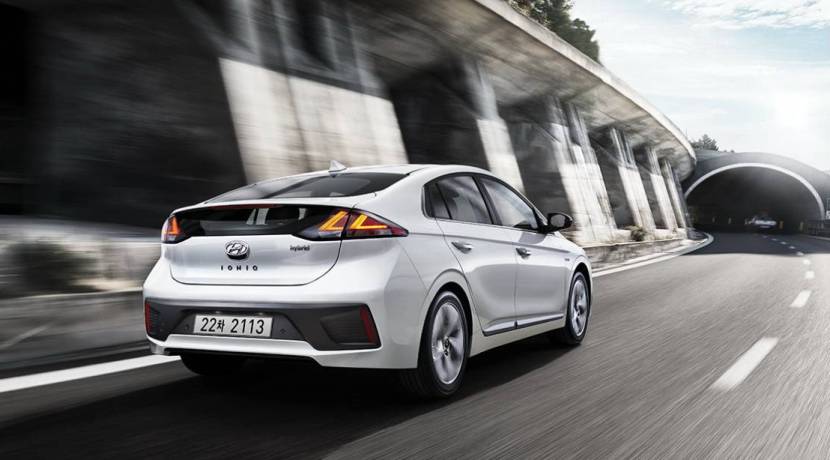
Despite having a few years behind him, the Hyundai Ioniq is still a rare bird in the automotive sector. It is difficult to find direct rivals, rivals that offer their versatility in a compact saloon format. Such is so there is no model directly comparable to the Korean one. Yes, there are similar options such as the already mentioned KIA Niro, the Volkswagen Golf or Toyota Prius. To them we can add sedans with electrified mechanics such as the Tesla Model 3, the Nissan LEAF or Volkswagen ID.3.
Highlight
- Versatility of mechanics
- Equipment
- Consumption
To improve
- brake pedal feel
- Height in the rear seats
- pedal parking brake
Hyundai Ioniq prices
We must be fair and recognize that electrified vehicles raise the purchase bill considerably. However, Hyundai provides a contained price for its most versatile sedan. The starting price of the Hyundai Ioniq is 27.195 euros, without offers or promotions. That figure corresponds to a HEV model with a Klass finish. The Ioniq PHEV offers a starting price of 34.225 euros, without offers or promotions. The most expensive of all is the 100% electric Ioniq with a minimum sale cost of 42.100 euros, without offers or promotions.
Image gallery
The content of the article adheres to our principles of editorial ethics. To report an error click here.




